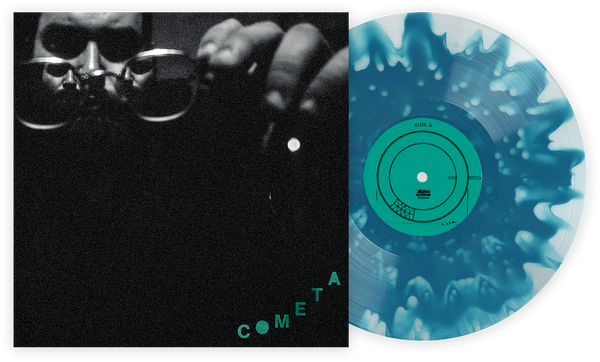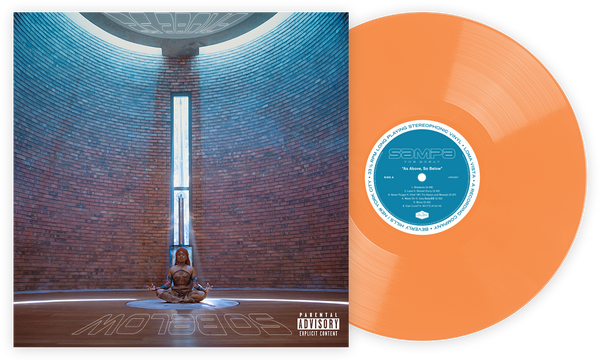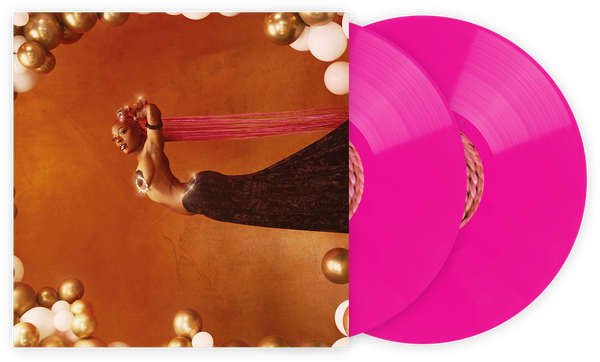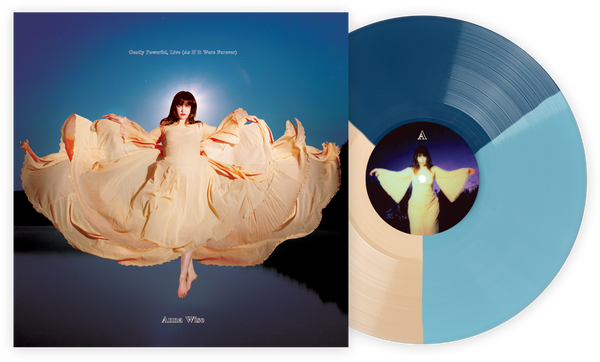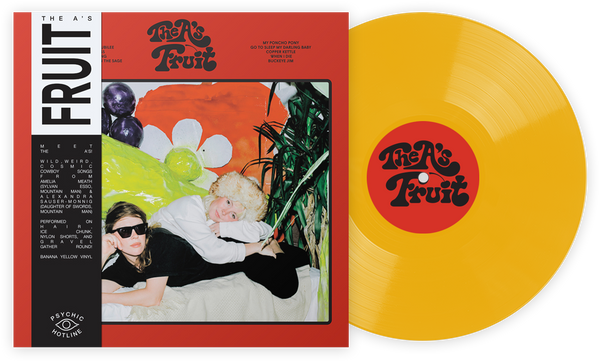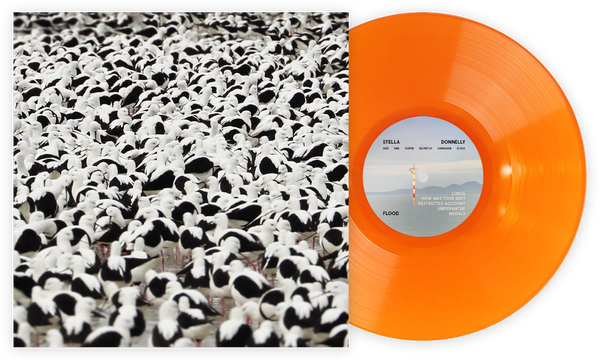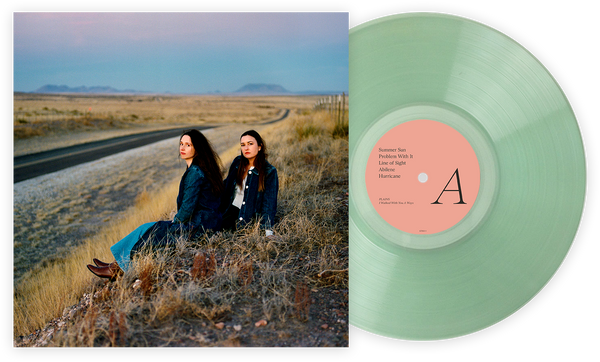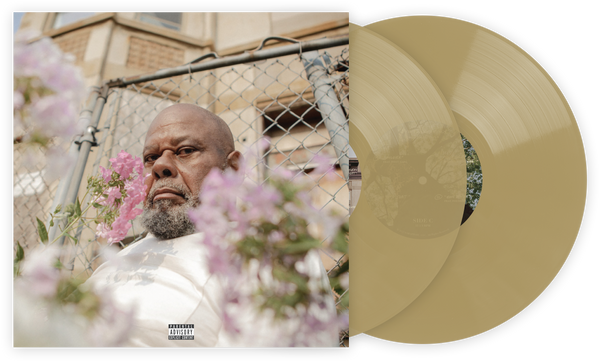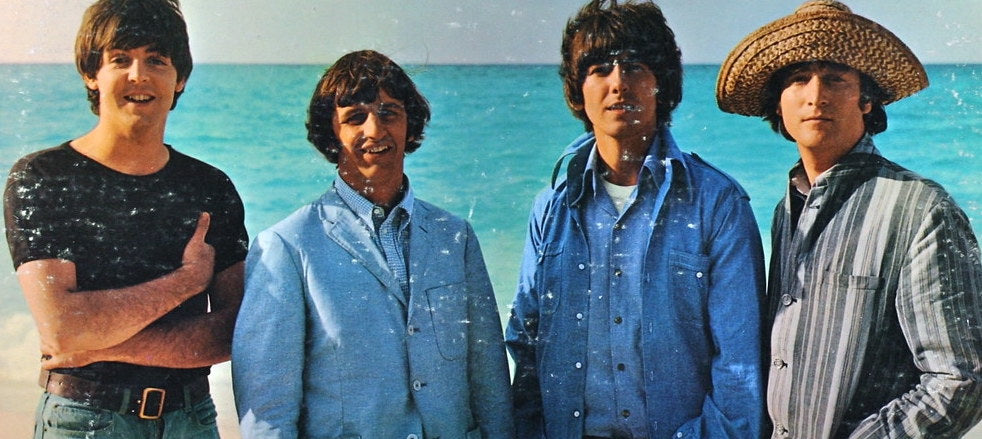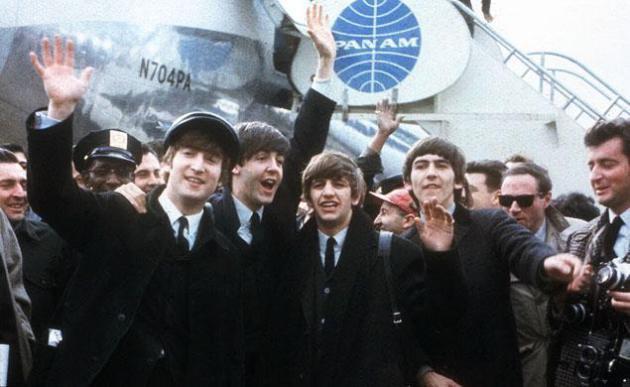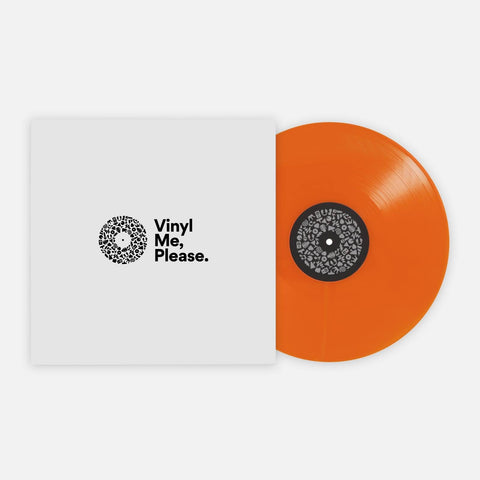They Say It’s Your Birthday
Two Thousand “White Albums” Turn 50 At Once
Rutherford Chang isn’t a Beatles fan, at least not in any traditional sense, but that won’t stop him from trying to buy your copy of “The White Album.” For over a decade, the 38-year-old New York City artist has been buying every original pressing of The Beatles he can get his hands on, a collection that now boasts over 2,000 copies of the blank-faced gatefold relic that’s better known for its nickname. The project, titled We Buy White Albums, has shown in galleries across the United States and in Liverpool, and has a permanent home on Instagram @webuywhitealbums.
The Beatles turns 50 years old this month, and remains a storied and messy, but ultimately beloved, musical document. And while the upcoming 4-LP reissue will have Beatles’ completists shelving another deluxe boxed set into their libraries, Chang’s desire to amass first pressings of “The White Album” defies fandom and typical collector instincts. “I approach the project with the tendencies of a Beatles’ fan and record collector,” Chang says, “But take them to an absurd degree.”
Part of the absurdity of Chang’s project is apparent the moment you open its Instagram page to a hypnotizing grid of white squares. “Why post thousands of photos of the same, identical album?” you might wonder. Scroll through and you’ll find it’s the subtle differences that become key details: an especially bad case of ring wear, a small sticker of Astro, the dog from the Jetsons, a message scrawled in red that reads “DON’T SHOW THIS TO DEBRA.” Evidence of lives lived, copies listened to and loved.
The real key to this absurdity, though, is in something you might miss: the unique serial number stamped in the corner of every copy Chang owns. The artist relishes the irony of a gesture that makes the album, which exceeded three million units before EMI ceased stamping them in 1970, look like a limited edition. “For me, this is the perfect collector’s item,” he says, “A conceptually finite edition of identical yet unique multiples that in practice is impossible to complete.” Though that won’t stop him from trying.
 These three selected images are just a few of "The White Album" covers featured on We Buy White Albums' Instagram.
These three selected images are just a few of "The White Album" covers featured on We Buy White Albums' Instagram.
Chang’s conceptual design for We Buy White Albums is not about the music, though it strikes me how appropriate a parable the project is for the sonic palate of the record that inspired it. The Beatles as a musical document is every bit as absurdly maximalist as Chang’s Sisyphean quest to collect every copy of it. At 93 minutes, it’s longer than any other two Beatles albums combined, and bafflingly indulgent even by today’s standards.
It’s worth noting here that this past year we saw a particularly interesting moment for long albums. Post Malone’s Beerbongs & Bentleys and Drake’s Scorpion, both artists’ longest releases yet, laid waste to Spotify streaming records. We learned that the streaming economy rewards long albums; more tracks translate to more plays, which create more revenue. Beerbongs & Bentleys and Scorpion thrived not only because of their length, but because the tracks blend together in a way that encourages listeners to play both entire albums straight through.
What’s interesting when comparing these modern chart-toppers to The Beatles is not just that The Beatles is even longer — despite being born in a time where double albums were rare, expensive and logistically frustrating — but how violently opposed it seems to the notion that an album might want to flow together. A generous word for the record’s mosaic of sounds and influences — a word that comes up continually when reading about it — is “sprawling.” From the Chuck Berry-style opener “Back in the U.S.S.R” to the avant-garde tape experiment of the penultimate track “Revolution 9,” The Beatles is an amalgam of blues, Indian classical, country, soul; nearly every element that had been swallowed by rock music up until the late 1960s is spit back up in whole pieces.
A bit of band biography goes a long way to contextualize the record’s fragmented aesthetic. The writing and recording of The Beatles coincided with an unfortunate stage for the band, one where their popularity, collective egos and distaste for one another peaked simultaneously. Early in the sessions, John insisted his new girlfriend Yoko never leave his side, Paul hated how she always chose his bass amp to sit on, George grew antsy as he began to realize his individual talents as a songwriter and Ringo briefly quit the band to sail on Peter Sellers’ yacht. Many of the tracks on The Beatles feature overdubs because the members preferred recording in separate studios. The track selection and sequencing was acrimonious as well; nobody in the band intended to release a 30-track album, but a consensus on which songs to leave out felt impossible. Even the famed cover is a harbinger of imminent break-up; consider that each of the albums that precede The Beatles picture all four members together, often smiling.
If there’s a Beatles record whose reputation has grown to precede it, The Beatles is surely it. The scandalous in-fighting, which couldn’t stay out of the press for long, became fodder for all fans trying to make sense of the unprecedented release. The transcendental meditation clinic during which all of the songs were written, a retreat that was also attended by Donovan and Mia Farrow, would be forever woven into the band’s lore. The record also has inexorable ties to Charles Manson, who was convinced the record was speaking directly to him, and used its coded messages to persuade his followers into murderous action. Just as the words “Helter Skelter” will never truly belong to the band again, the notion of having one’s own “White Album,” an indulgent and long mission statement turned doom spell, would befall Prince, The Clash and Smashing Pumpkins.
It may then be a testament to the culture that grew to surround The Beatles that, 50 years later, the album is regarded just as fondly as it was on its release. The Beatles spent several weeks at No. 1 and was praised by critics for its adventurousness and imagination. To this day, tracks like “Blackbird" and “While My Guitar Gently Weeps” remain as embedded in popular culture as any from the band’s catalogue. For all of its shortcomings, The Beatles gets as many arguments as the any other for best Beatles album. It’s been forgiven for its flaws, for its excess, and even celebrated for both.
This is the aspect of The Beatles’ story that seems to best resonate with what We Buy White Albums represents: a celebration of fandom. Both We Buy White Albums and “The White Album” itself ask of their audience a willingness to behold something massive for the moments that seem to speak directly to them, and both have found an audience eager to do so. They are testaments to the spirit and culture we call Beatlemania, one that has carried the memory of The Beatles and the white-jacketed evidence of people who have loved it for half a century now. Like Rutherford’s quest to obtain every copy, it’s a legacy that shows no signs of slowing.
Josh Edgar is a Toronto-based fiction writer who would usually rather write about music. His short stories have appeared in The Malahat Review and The Puritan.
Related Articles
Join the Club!
Join Now, Starting at $36Pages

